
Figure 1

Figure 2
There are 4 types of Personality Views that can arise for each of the five aggregates. (Please see Figure 2).
For example for the body (form)
1. The body is "me"
2. "I am" the body
3. The body is in "me"
4. "I am" in the body
The same applies to other four aggregates, feeling, perception, mental formation and consciousness. Therefore there are twenty types of personality views one could have (4X5=20). Please see Figure 1 and 2.
This view is driven by three fundamental defilements of the mind. Its the craving, conceit and ignorance.
The main three themes that comes up again and agin in the personality view are "mine" (due to craving), this is me (due to conceit) and this is my self (due to ignorance).
There is an Excellent sutta to contemplate and investigate Not-self (Anatta). This is the second disclose of the Buddha after his enlightenment. If one contemplates this sutta mindfully often enough applying to oneself, this can be excellent tool to gain some insight into the true nature of the personality view. This message of Not-self ("Anatta") comes up in many other suttas too and you can read them by clicking on the links given at the end of this post.
Before starting to contemplate on this sutta you need to contemplate on some background information on the five aggregates to gain some insight into how they work. First you need to know is their precursors or their nutriments. After that you need to contemplate on what basis you say that the five aggregates are impermanent. Otherwise the whole exercise may not make much sense.
1. The physical body or form- is made of the four main elements, the solid, liquid, heat and gas . The body is dependent on nutriments, the physical foods both coarse and fine. Without nutriments the body cannot be sustained. We all know that all condition things that are subject to birth, change while existing and cease to exist eventually. The body is no exception. It is not so difficult to see the impermanent nature of the body compared to the other aggregates. We just have be mindful and contemplate.
(Please see the labels to learn more about elements and nutriments)
2. Feeling- Feeling arises dependent on contact as its nutriment. Contact is impermanent as it depends of union of thee which are also impermanent. Something that arises of an impermanent thing cannot be permanent.
Please see the two beautiful similes in this post:
This way we can contemplate on the nutriment and the impermanence of feeling.
3. Perception - same as feeling above.
4. Mental formation - same as feeling above.
5. Consciousness- The Nutriment for is Name-and-Form. From the suttas its not very clear the exact relationship between the two. However it is clearly stated that one cannot survive without the other, suggesting they are co-dependent. My "mind works" model give some some insights to how they may be co-dependent (please see label on the mind works model). To contemplate on impermanence of consciousness you can use same principal as in feeling. When name-and-form is impermanent it is impossible for the consciousness to be permanent.
Now to our main discussion....
To understand the sutta better here I have first extracted the discussion on the body (form) aggregate from the sutta.
Now this is how it goes:
"Bhikkhus, form is not-self. Were form self, then this form would not lead to affliction, and one could have it of form: 'Let my form be thus, let my form be not thus.' And since form is not-self, so it leads to affliction, and none can have it of form: 'Let my form be thus, let my form be not thus.'"Bhikkhus, how do you conceive it: is form permanent or impermanent?" —
"Impermanent, venerable Sir." — "Now is what is impermanent painful or pleasant?" — "Painful, venerable Sir." — "Now is what is impermanent, what is painful since subject to change, fit to be regarded thus: 'This is mine, this is I, this is my self'"? —
"No, venerable sir."
"So, bhikkhus any kind of form whatever, whether past, future or presently arisen, whether gross or subtle, whether in oneself or external, whether inferior or superior, whether far or near, must with right understanding how it is, be regarded thus: 'This is not mine, this is not I, this is not myself.'
(same applies to feeling, perception, mental formation (translated here as determinations), and consciousness.
And to conclude the sutta Buddha said:
"Bhikkhus, when a noble follower who has heard (the truth) sees thus, he finds estrangement in form, he finds estrangement in feeling, he finds estrangement in perception, he finds estrangement in determinations, he finds estrangement in consciousness.
"When he finds estrangement, passion fades out. With the fading of passion, he is liberated. When liberated, there is knowledge that he is liberated. He understands: 'Birth is exhausted, the holy life has been lived out, what can be done is done, of this there is no more beyond.'"
Please read the full sutta:
Anatta-lakkhana Sutta: The Discourse on the Not-self Characteristic
To listen to a short talk on the personality view of sakkaya-ditthi
Other sutta on Anatta:
Further reading:
Self-identification view. The view that mistakenly identifies any of the khandha as "self"; the first of the ten fetters (samyojana). Abandonment of sakkaya-ditthi is one of the hallmarks of stream-entry (see sotapanna).




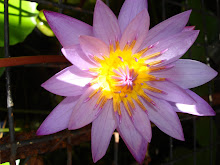












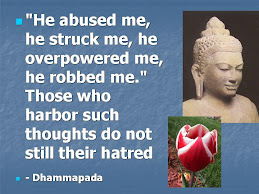

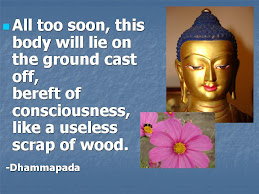
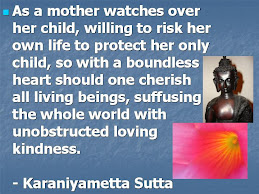
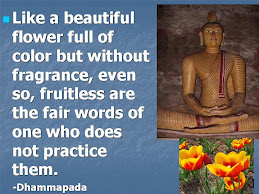
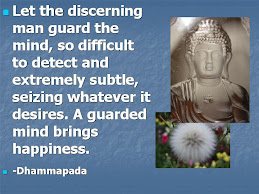

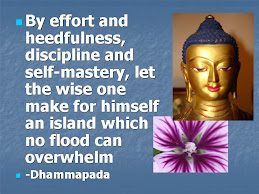

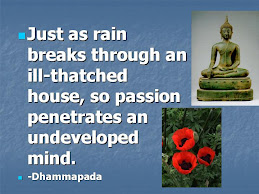

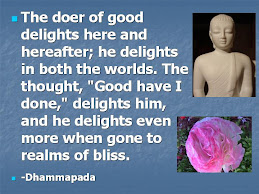
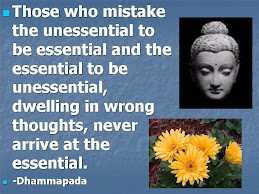
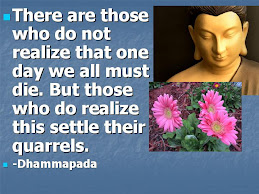
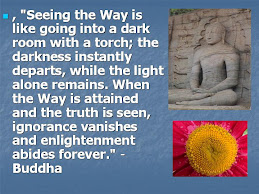

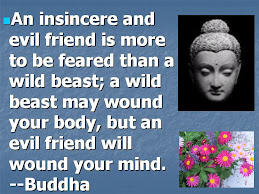
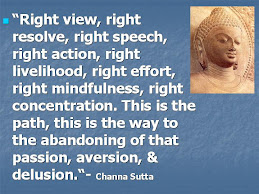

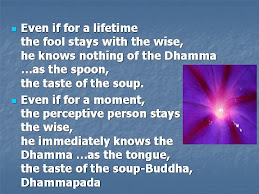



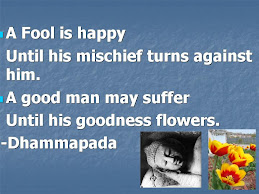
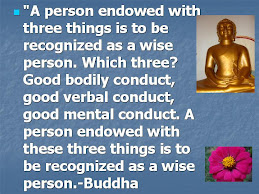

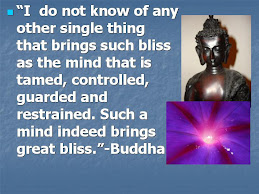
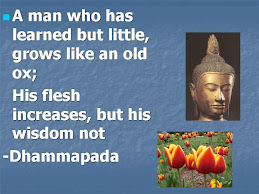
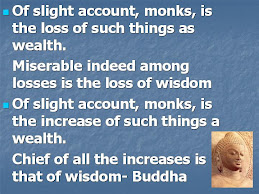
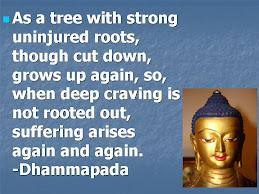
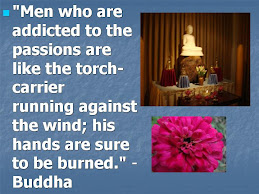


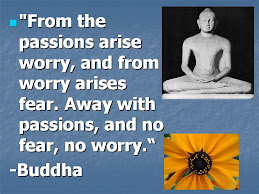
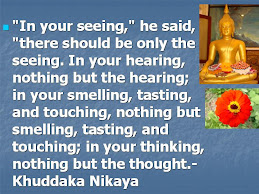




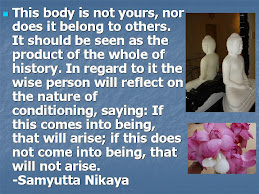
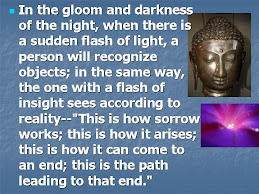
















No comments:
Post a Comment